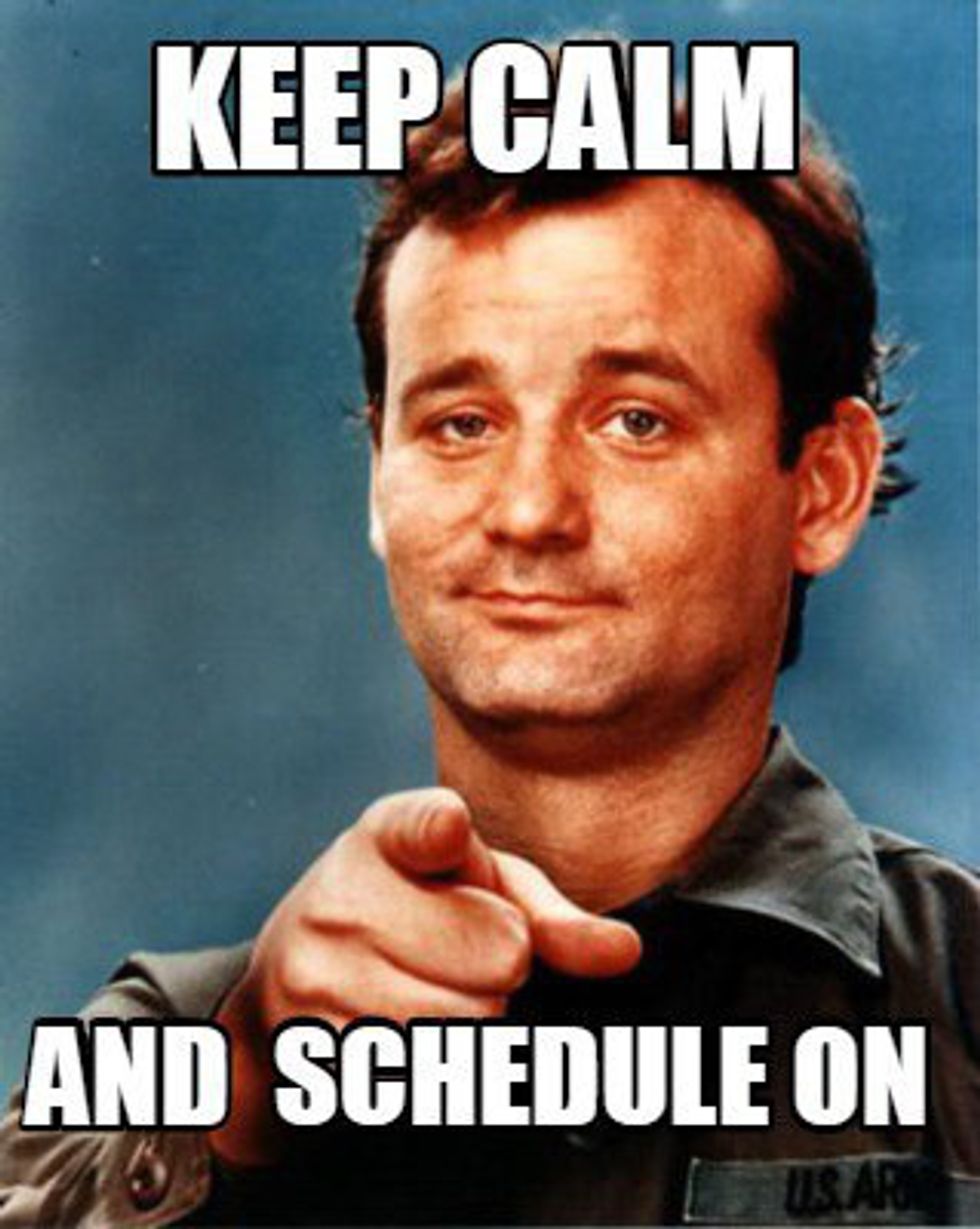Eyseneck’s hierarchical model of personality has many positives when it comes to classifying different personality traits. However, just like anything it can have its downfalls or parts that make people skeptical of it. Eyseneck’s model focuses mostly on three key traits: extraversion-introversion, neuroticism-emotional stability, and psychoticism. Based off of my personal experiences, extraversion-introversion is one of the most common and least-judged traits of three. Whether a person is introverted or extraverted does not mean bad or good on either end of the spectrum. While neuroticism and psychoticism may not necessarily mean bad either, stereotypically, it seems as though they can worry people when the scales are tipped more to one side. Why is it that those with characteristics falling into the high neuroticism or psychoticism range are classified and judged and abnormal?
Neuroticism is a trait described in people who could be worriers, anxious much of the time, depressed, experience insomnia, among others. Of course any of these could be good when experienced in moderation, but when a person looks at themselves and identifies with worrying too much, anxiety, depression, and lack of sleep, they could begin to think of themselves as someone who is not normal, even though all of these traits have been a part of their routine for years and they are doing just fine. From an outsider point of view, such as myself and a few of my friends, I never thought of these characteristics as something that could be considered wrong or high-scoring on anything other than extraversion or introversion. Upon reading them, although I still love my friends dearly, there is a part of me that now worries because they do indeed show many of these traits described in more than one situation. I feel that it is definitely necessary to observe something like neuroticism in different situations more than once, but there comes a point when you realize that the signs are constant. The same could be said about psychoticism. Psychoticism is a word that will most likely always have a negative connotation in our society today, so it is no surprise that when coming across an individual that scores on the high end and exhibits traits such as solitariness, aggression, lack of empathy, and insensitivity to pain of sorts, the label becomes abnormal and nerve-wracking. Of course those listed are not all of the traits that could characterize psychoticism, but they are some very common ones that are easier for the general public to pick out. If I were to look at a friend based solely on these characteristics, then I could say with certainty that they are psychotic. In reality, they really are not. Lack of empathy could have been caused in childhood from situations beyond the control of the young person’s mind. It may have been learned and is now automatic and instinctive. Does this mean they are a psychopath as stereotyped? No. The same goes for the aggression and solitude-loving traits a person may express. Solitude is something that I believe introverts could dwell in as well, seeing as though they are more comfortable alone. Being alone is solitude in its own way. Aggression is something that myself and probably the world could debate on for twenty-four hours day, seven days a week, three hundred and sixty-five days a year. What type of aggression was it? Do people get hurt? Does the person acting on aggression get hurt? Is their ability to function on a daily basis impaired or hindered? The list of questions could go on. The bottom line is that aggression comes in all shapes, sizes, and forms, all from different types of people. Does this mean anyone who was ever aggressive is a higher scorer on the psychoticism scale than those who never have been? Does this mean that my friend who takes her anger or sadness out by punching walls, pillows, anything in her path mean that she is psychotic? It truly does not, especially if one were to look at the situations surrounding the isolated events of the traits becoming active.
Eyseneck’s model is very useful when trying to pinpoint each specific act and what personality it should fall under, but it seems to be lacking in the department of different situations causing different emotions, traits, and acts to express themselves at certain times. While hierarchy and heredity are definitely keys to unlocking the mystery of traits, it cannot be ignored that situations affect outcomes more than it seems to by the outsider eye. Solitude? Perhaps that day was just one where she wanted to be alone to gather her thoughts, get some tasks done by herself. Aggression? Maybe he just found out his girlfriend cheated. I think that would make me want to punch someone’s face in, too. Worrisome anxiety? It is normal. Anxiety and worry are from abnormal, even if the things you worry about are different than that of the person next to you. That is what makes you unique, not neurotic or abnormal. Above all, Eyseneck only worked with three key, major traits. Who is to say he didn’t miss any or misplace sub-traits in the wrong category? Maybe insomnia doesn’t mean you score anything on the neurotic scale, but something on a completely different, skipped over major trait? No, the hierarchical model was not and is not perfect, but it is a good foundation for the future classification and taxonomy of psychological traits and figuring out what really impacts them. If the psychological study world continues to build off of these principles and expand their quadrants, people won’t be considered abnormal or wrong under the words like psycho and neurotic, sociopath and crazy. People can understand and embrace what makes them tick the same as someone else, but also in the ways that make them unique and make them who they are.













 Photo by
Photo by 
 Photo by
Photo by 

 Photo by
Photo by  Photo by
Photo by  Photo by
Photo by 













